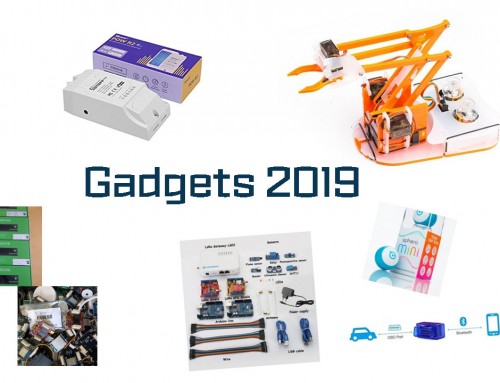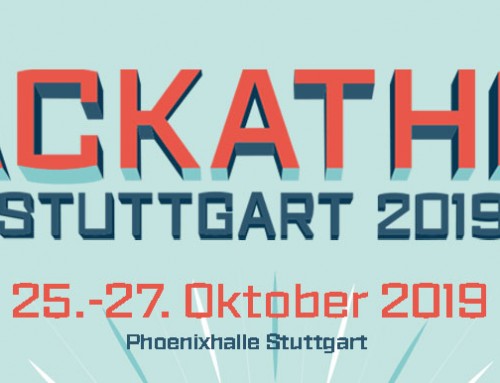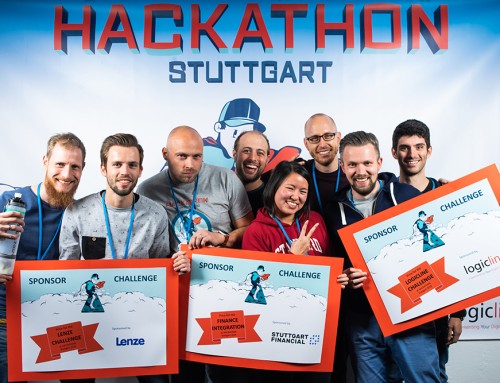The Corporate Sector Information Systems and Services is more than happy to support the Hackathon Stuttgart already the fourth time since 2015. This year we would like to create future mobility solutions together with you. For this reason we teamed up with our Business Division Chassis Systems Control and the Startup Cobi.Bike.
Like in the past years Bosch’s Corporate IT will offer you the Bosch IoT Cloud based on Pivotal Cloud Foundry, different messaging and data base services as well as the Bosch IoTSuite service, provided by Bosch Software Innovations.

Chassis Systems Control will offer you the chance to get deeper insights into “Autonomous Driving @ Bosch: Build your own self driving car (… well robot).”
What people could learn from it? What will be the clear outcome of attending this hackathon challenge:
Develop your self driving car: Create and experience the hardware & algorithms that run self driving cars.
You will get experience of our dev. environment (ROS).
Develop your own use case: e.g. platooning, high dynamic driving, mobile platform for sensors with cloud connection, localize and navigate in a maze, … be creative 😉
Preparation/Preconditions for interested attendees:
Laptop with ROS Kinetic (Ideal with Linux System) – see http://wiki.ros.org/kinetic/Installation
You should know python or C++ to program the robots
If you wish, feel free to bring your own sensors
If you already know, what you would like to do, feel free to bring ideas, code, concepts, …
Good to know:
Our robots have linux control computers, so you should be able to do some *basic* work on the linux shell – e.g. https://www.youtube.com/watch?v=oxuRxtrO2Ag
We’ll provide a sample git repository with some code to get started, so you should know the basics of Git – http://rogerdudler.github.io/git-guide

COBI.Bike offers its DevKit for you to play with!
A collection of Open Source components to develop modules for COBI – the perfect
fusion of smartphone and bike.
Here are some potential challenge ideas for you:
- Create an accident detection mechanism that sends an SMS to a predefined contact in case of fall.
- Create a concept similar to the Ping Module (https://dev-modules.cobi.bike/ping/) that uses Whatsapp instead of SMS.
- Trigger an action by connecting the thumb controller with a device like a RaspberryPi (e.g: open the garage door by clicking on the main button).
- Create a calories counter that offers the user rewards based on the amount of calories burnt (and maybe highlights in a map where you may get them).
- Create a portal for companies in which its employees may compete to see who burns the biggest amount of calories / who rides the largest distance.
- Develop a heart rate tracker that sends warnings to the user based on his/her age and weight if it goes too high.
Interactive Demo: Learn the basics
Here’s the quickest way to learn the COBI DevKit principle without writing any code:
- Launch Google Chrome and install the COBI DevKit Chrome Extension
- Navigate to our example module on io
- Open the COBI DevKit Chrome Extension alongside the example in your Chrome browser window
- In the DevKit Extension, change location coordinates and hit thumb controller buttons to see COBI.js in action. This simulates data that will later be provided by COBI to your module when riding on a bike. Bonus points for directly tweaking the code e.g. subscribing to additional data from the COBI.js data stream or adding fancy visualizations!
Let’s get started with your first project
It only takes a few lines of javascript to turn web apps into a COBI module:
Step 1: Add boilerplate code to your web project
To get your web app ready just add COBI.js at the end of the body section of your
HTML:
< script src = „https://cdn.cobi.bike/cobi.js/0.34.0/cobi.js“ ></ script >
… and provide an authentication token back to COBI before subscribing to the data
stream. COBI doesn’t issue tokens yet, so you can use any token for now:
// Authenticate your module
COBI . init ( ‚my-token‘ )
It’s that easy: Any web app + COBI.js = COBI module!
Step 2: Hook into the COBI.js data stream
Enough with the boilerplate code, let’s make our new COBI module respond to the
handlebar remote control:
COBI .hub.externalInterfaceAction. subscribe ( function (action) {
alert ( ‚Holy moly, I just tapped the handlebar remote and instantly received this
‚ + action + ‚ in my web app‘ );
});
… or visualize the Cadence acquired by COBI from an external Bluetooth sensor or
eBike motor:
COBI .rideService.cadence. subscribe ( function (cadence) {
$ ( ‚#cadence‘ ). html ( `Your current cadence is ${cadence} rpm.` );
});
There is a ton of data available such as current speed, course, heart-rate (if
heart-rate monitor is connected), power, calories burned and much more. Our
COBI.js reference will be your friend.
We look forward meeting you @Hackathon-Stuttgart 2018!






